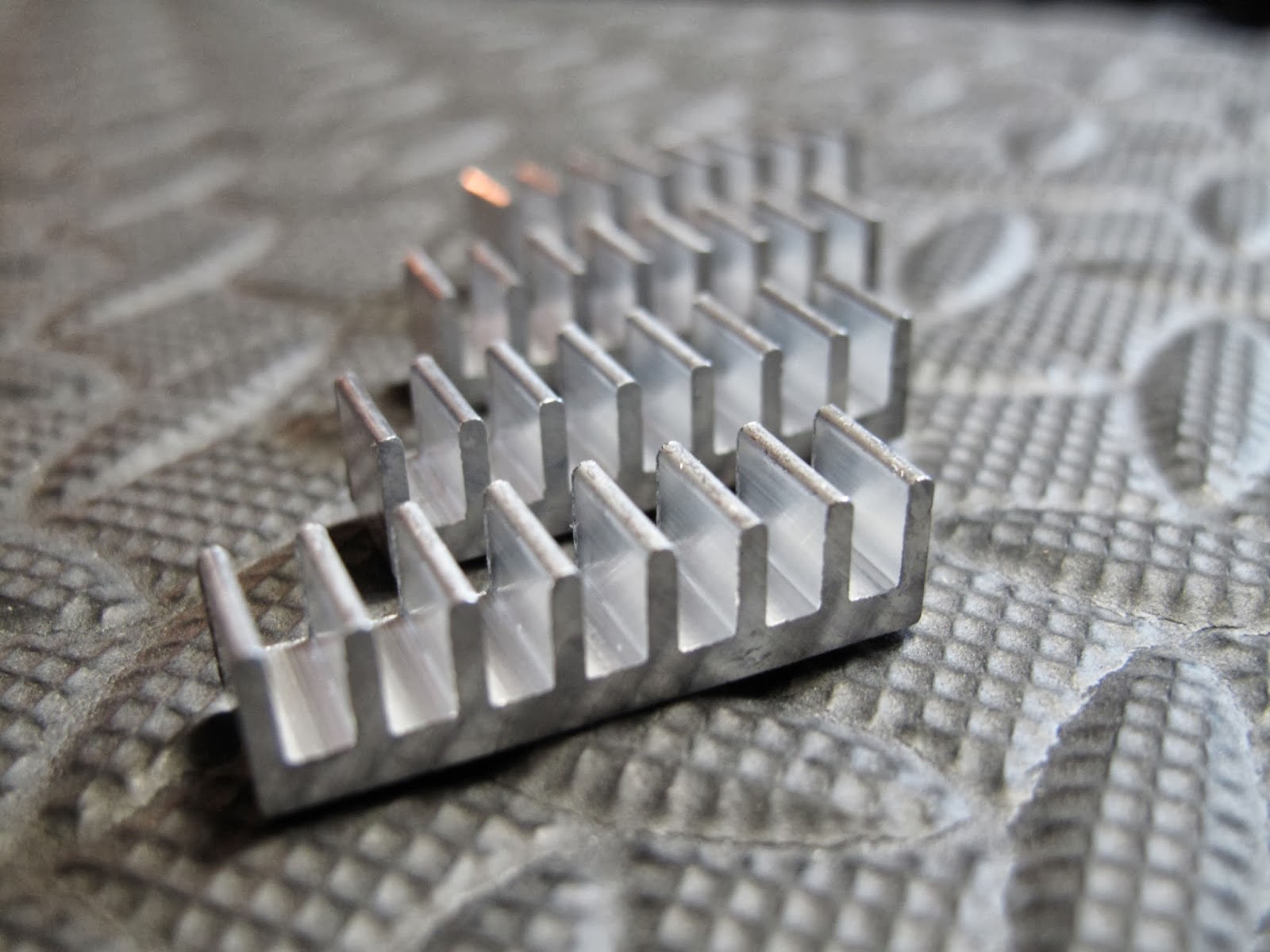It was early December 2013 when I finally decided to start mining bitcoin. I looked at usb miners and the like but finally settled on the ACICMiner Blade V2. It has 32 BE100 ASIC mining chips in 8 rows of 4. At that particular time it was quite an investment, but ROI calculators indicated that it could pay for it'self in about 90 days. I set up a laptop running a fresh install of Xubuntu and and a copy of Python and Slush's stratum mining software.
Enter Blade 1
 |
| Blade 1, My first Mining Blade December 2013 |
Off to a great start, the blade was up and running once I had the stratum proxy configured properly to mine at Eligius...
If one blade is good, two would be better, right?
Enter Blade 2
 |
| Blade 1 and 2 mining away in early December 2013 |
These two were just within limits of a 350W ATX power supply I had. Each blade pulls 6A, so I was pulling 12A on a rail capable of 16A.
Enter Blade Backplane
 |
| An ASICMiner 10 Blade Backplane |
The Backplane populated with 3 blades now and a 1000w HP power supply. Each blade has two 120mm cooling fans.
 |
| Three Blades in the Backplane |
Eventually there were 6 blades churning away on the backplane -
 |
| 6 Blades in the backplane |
Eventually the standard 10.7GH from these blades wasn't enough and I ventured off into overclocking them. I used a bit of information from the bitcoin forum (with many thanks to Sidehack) as well as some of my own experimentation and tweaking. I developed a reversible oscillation speed by using a jumper to disable the stock oscillator and enable the newly installed oscillator on the un-populated pads the green V2 boards typically have. This eliminates the need to de-solder the stock oscillator from the board with a hot air station, which most people may not have handy.
Needless to say, it's a bit nerve racking to start soldering away on a pretty expensive piece of hardware, so things get a bit messy. Here's a look at my workstation after a night of overclocking my first board. A crazy mess.
Eventually all blades were overclocked to ~13.4 GH running an average of 13.2. Cooling them off became an interesting issue once they were all running 30% faster. I had to pull 120V fans from anywhere I could to get enough air in-between the blades and have a few fans on the other side to pull the air away. Exhaust temperatures measured ~120 degrees at the exhaust.
Here's a look at 5 blades running overclocked, all fans I could find and a blade off to the side for testing.
A bit blurry, but you get the idea -
 |
| All Blades Overclocked |
 |
| A snapshot of 5 blades overclocked to ~13.2GH |
I posted this because I realized that I enjoy reading about and seeing what other people are doing and experiencing in the Bitcoin community.











Comments
Post a Comment